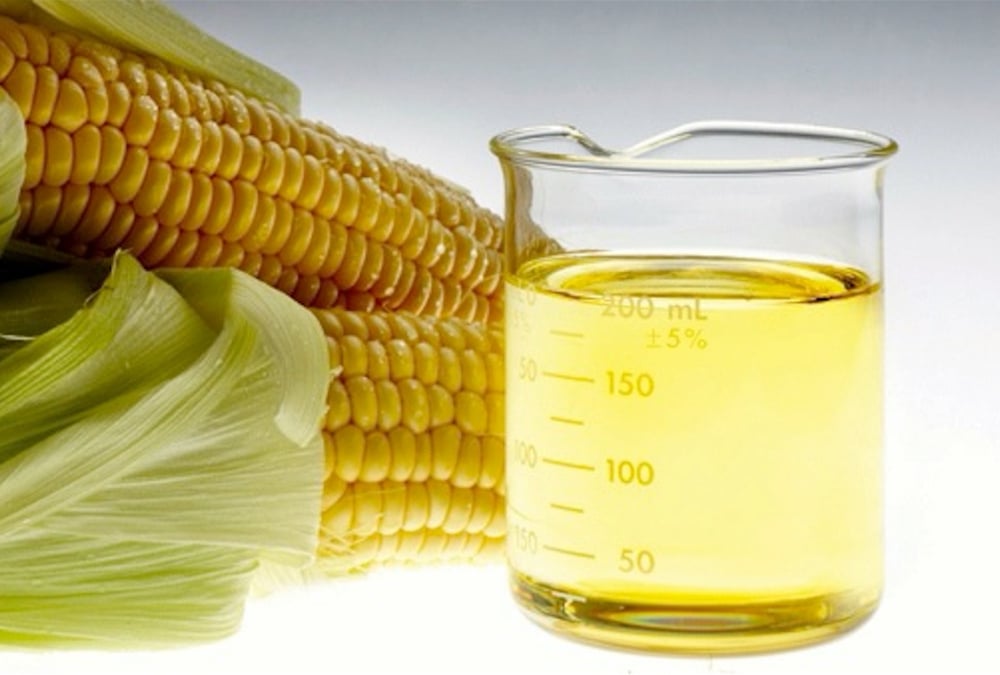USDA announces new interim rule for biofuel guidelines

Glacier FarmMedia | MarketsFarm – The United States Department of Agriculture announced on Wednesday a new interim rule on technical guidelines for certain low carbon-intensive crops used as biofuel feedstocks.
The new measures will establish guidelines for quantifying, reporting, and verifying greenhouse gases (GHGs) associated with the production of biofuel feedstock commodity crops grown in the U.S. In addition, the guidelines will facilitate the recognition of climate-conscious agriculture for clean transportation fuel programs, creating new market opportunities for biofuel feedstock producers while enhancing climate benefits.
The interim rule was made with regards to three crops: corn, soybeans and sorghum. It also allows for climate-smart agricultural practices such that could reduce GHGs or sequester carbon, including reduced- and no-till agriculture, cover cropping, and nutrient management practices such as the use of nitrification inhibitors. The new regulations allow for farmers to utilize these practices individually or in combination.
Read Also


CBOT Weekly: S/D report underpinning U.S. corn, soybeans
Corn and soybean futures on the Chicago Board of Trade continued to be supported by the latest supply and demand report issued by the United States Department of Agriculture, said analyst Bryan Strommen of Progressive Ag in Fargo, ND. Meanwhile, wheat has been contending with pressure from an increase in acres.
Standards were also adopted to quantify, track and report the effects of these practices. These include: chain of custody standards for entities in the biofuel supply chain, including traceability and recordkeeping standards; auditing and verification requirements; and climate-smart agriculture practice standards for the biofuel feedstock crops included under the rule.
The USDA believes the improved guidelines will heighten credibility and confidence in biofuel feedstock crop production, create new marketing opportunities for U.S. farmers, and generate environmental benefits like improved water and soil quality.
“Today’s announcement from USDA reinforces the important role climate-smart agriculture plays in our rural economy, including in fueling clean transportation solutions, as well as the importance of providing pathways for unbundled, science-based accounting of the carbon benefits of climate-smart practices that help farmers earn more for what they grow,” said White House Senior Advisor for International Climate Policy John Podesta.
“The new guidelines are a win for farmers, biofuel producers, the public, and the environment. The action today marks an important milestone in the development of market-based conservation opportunities for agriculture,” said Agriculture Secretary Tom Vilsack.
Podesta and Vilsack are expected to leave their posts after U.S. president-elect Donald Trump is sworn in on Jan. 20.
The USDA also added an online tool called the USDA Feedstock Carbon Intensity Calculator to help growers quantify the carbon intensity of their crops.
The interim rule will be posted for public inspection on Jan. 16 and will be published on Jan. 17. Interested parties may submit comments to the USDA during the 60-day public comment period.
Source: Farmtario.com

